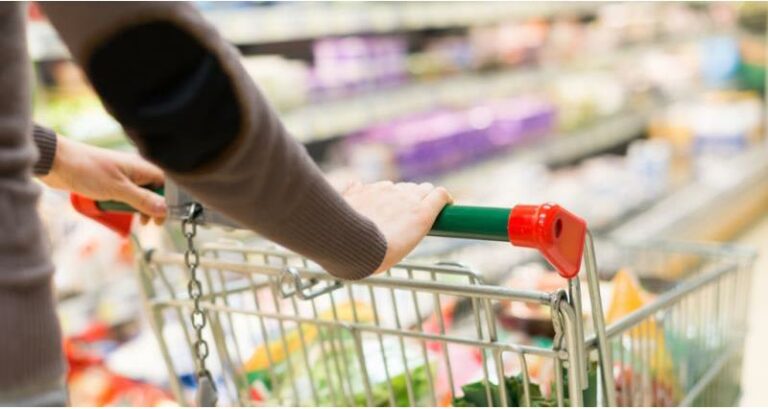Take-home grocery sales grew by 4.4% over the four weeks to 18 May compared with last year, according to new figures from Kantar. In the same period, grocery price inflation also saw a marked rise to 4.1%, the highest level since February 2024.
“This latest jump in grocery price inflation takes us into new territory for 2025,” said Fraser McKevitt, head of retail and consumer insight at Kantar. “Households have been adapting their buying habits to manage budgets for some time, but we typically see changes in behaviour once inflation tips beyond the 3% to 4% point as people notice the impact on their wallets more. Own label lines are ones to watch, with premium own label, in particular, being the fastest growing part of the market since September 2023.”
As consumers feel the pinch, many are continuing to seek out promotions to get the best value. “The growth of spending on deals has carried on this month, increasing by 5.1% versus May last year,” said McKevitt. “Trimming prices remains the most popular way for retailers to draw in customers, with 80% of promotional spending this period down to straightforward price cuts.”
Ocado has marked a full year as Britain’s fastest growing grocer, having held the position since June 2024. Over the 12 weeks to 18 May 2025, sales at the online retailer climbed by 14.9%.
It was a strong period for the discounters too, which achieved their strongest combined growth since January 2024 at 8.4%. Lidl reached a new share high of 8.1% with sales up by 10.9%. Compared with the same period last year, it brought 419,000 extra shoppers through its doors – the most of any retailer. Aldi’s hold of the market reached a record high at 11.1% with sales rising by 6.7%, its fastest growth rate since the start of last year.
Tesco boosted sales by 5.9% to increase its share by 0.4 percentage points. Britain’s largest grocer now has 28.0% of the market. Sales growth at Sainsbury’s accelerated by 4.7% giving it a 15.1% share.
Sales at Morrisons nudged up by 1.1% and it now holds 8.4% of the market. After Asda’s best performance since May last year, its share stands at 12.1%. Waitrose maintained a 4.6% share as sales grew by 4.0%. Spending through the tills at Iceland went up by 1.9%, bringing the frozen food specialist’s portion of the market to 2.2%.
The industry has been grappling with high-profile cybersecurity incidents of late. Despite these, spending on groceries at M&S rose by 12.3%. Convenience retailer Co-op also faced challenges, but still increased sales by 0.6% to take 5.3% of the market.


